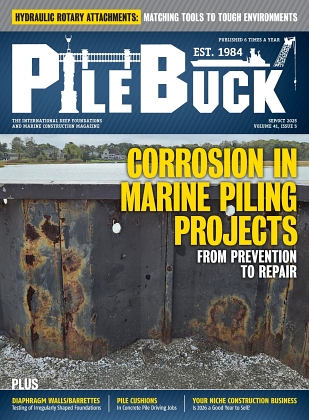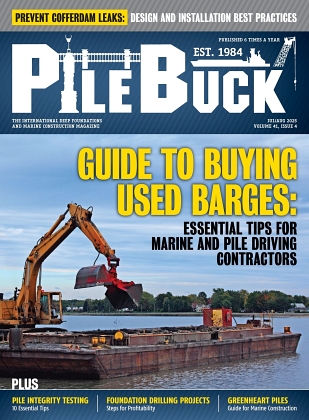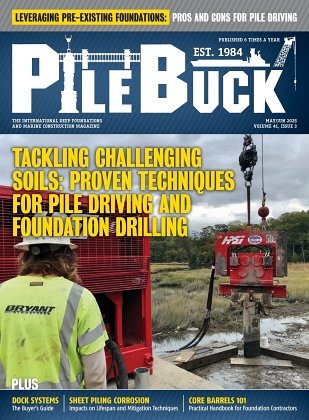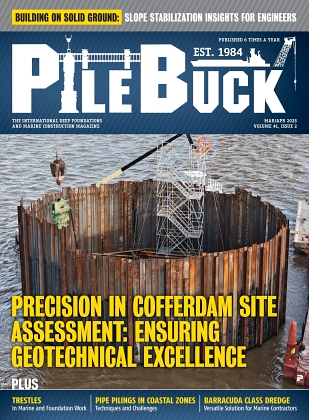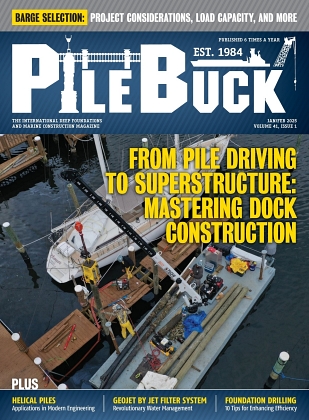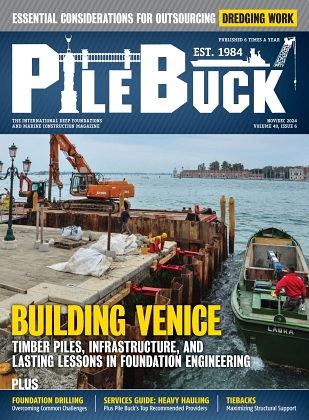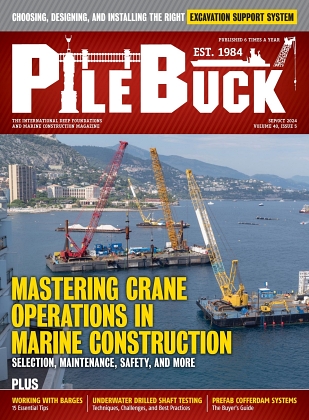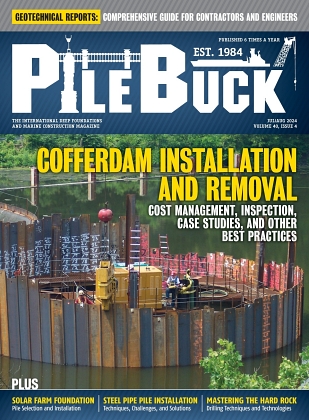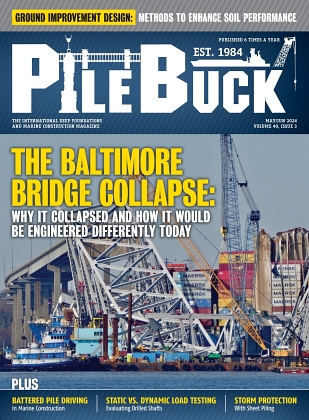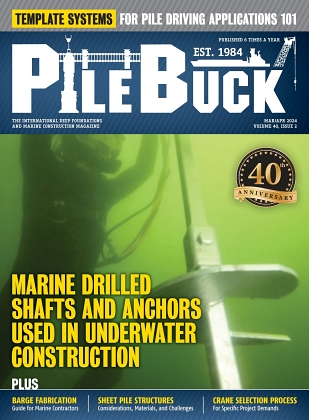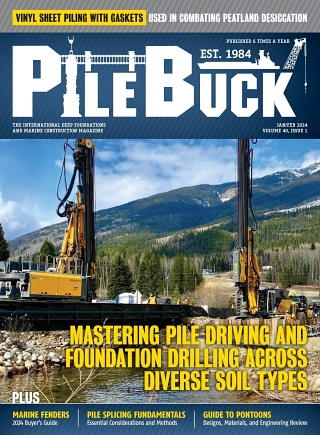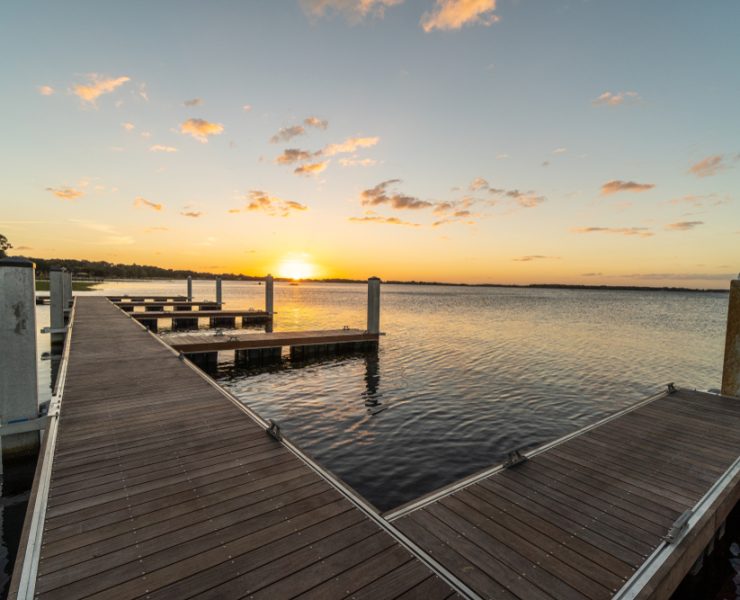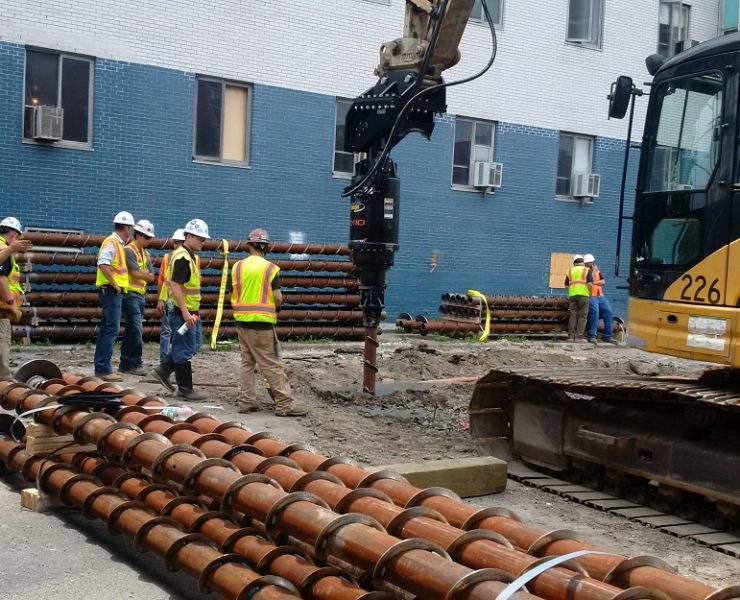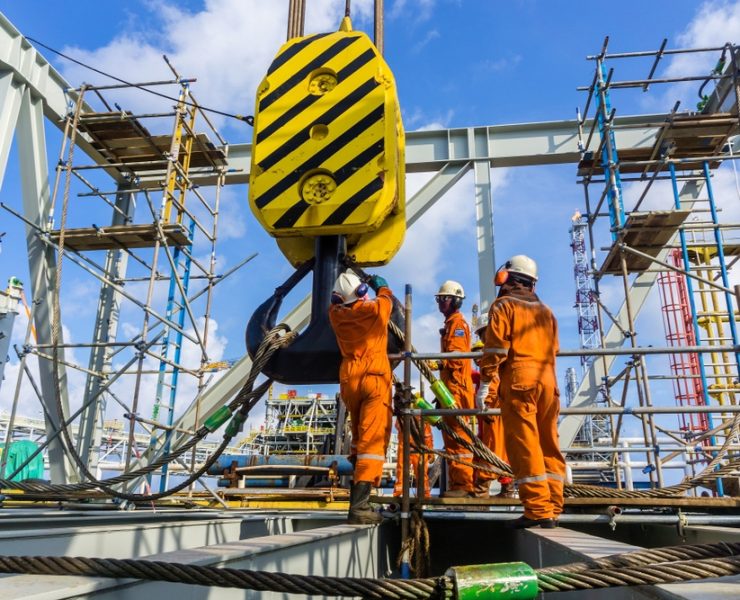Mastering Marine Logistics: Coordinating Equipment, Crew, and Vessels for Large-Scale Projects
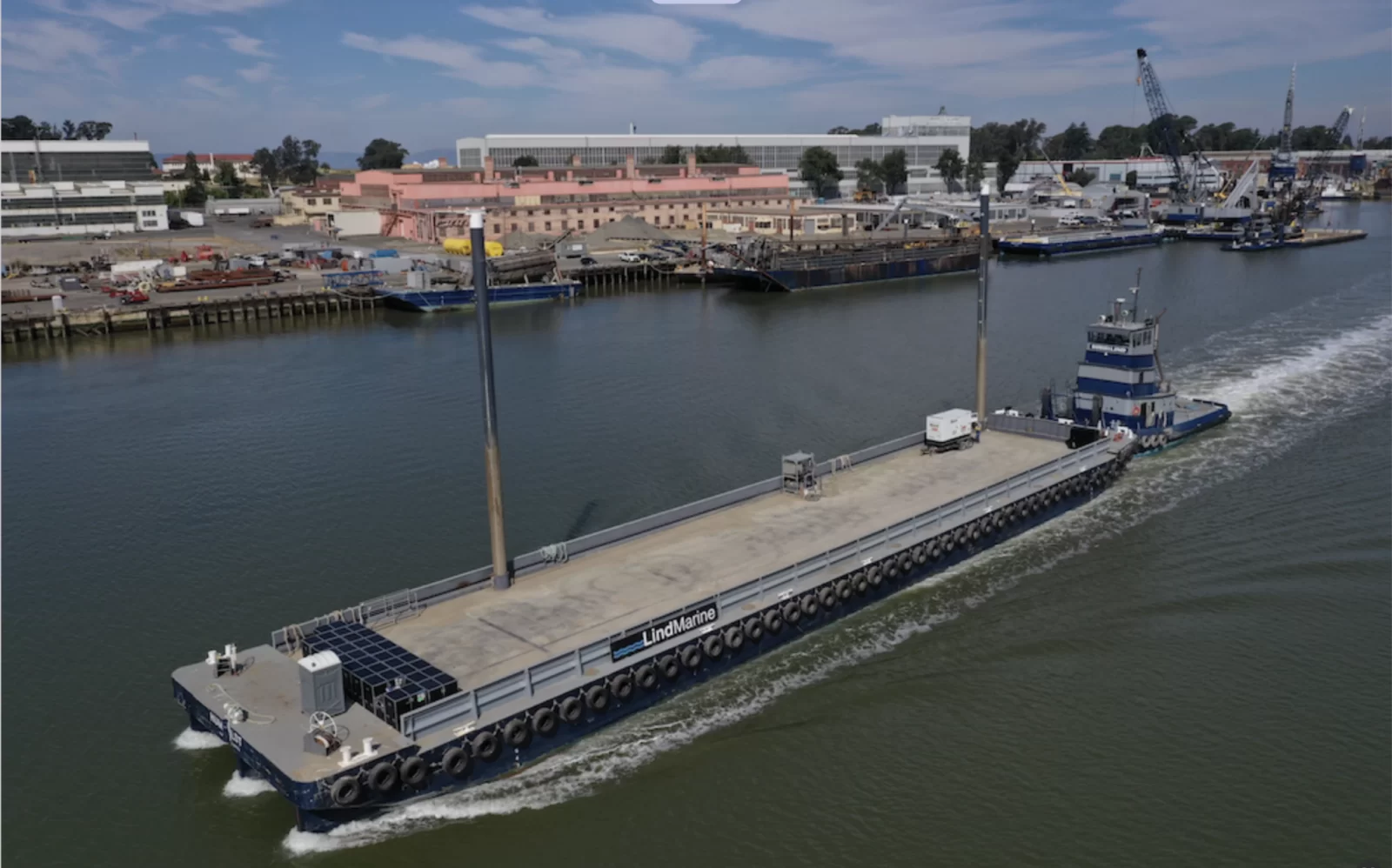
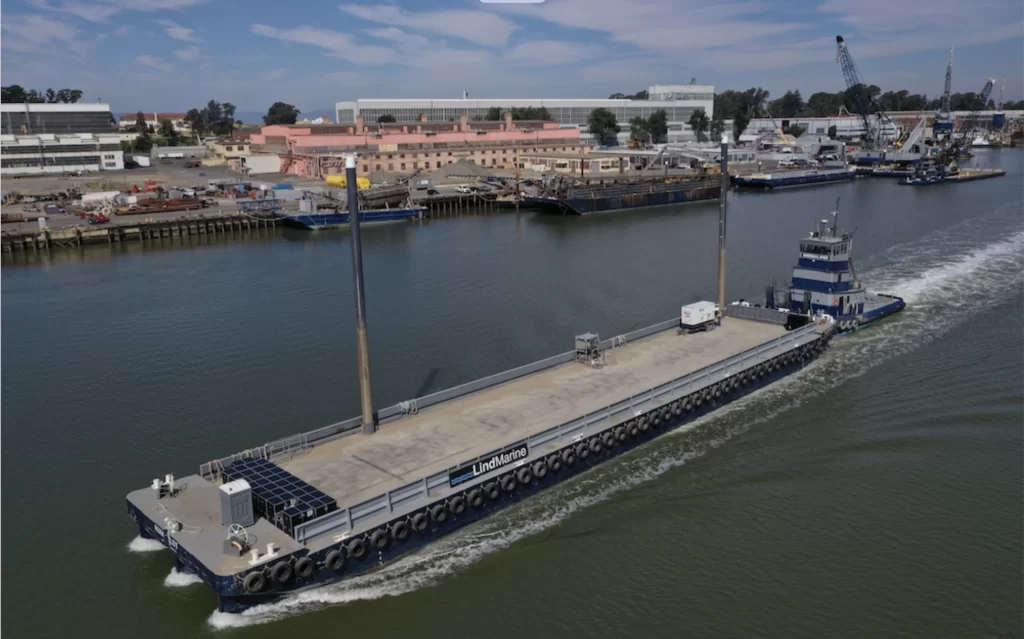
Marine construction is a high-stakes balancing act. It demands not only technical expertise but also flawless marine logistics — the art of coordinating vessels, equipment, and crews across unpredictable tides and tight timelines. Every seawall, bridge, or pier that rises from the water depends on a complex system working behind the scenes. When that system is efficient, projects stay on schedule and under budget. When it’s not, even small missteps can trigger costly downtime.
The Foundation of Efficient Marine Logistics
Unlike land-based construction, marine logistics operate in an environment that never stays still. Tides, currents, weather changes, and limited docking space make movement planning a precise science. A well-structured logistics framework begins long before construction starts. It involves understanding what needs to move, when it needs to move, and how it will reach its destination safely.
In marine construction, every push boat, tug, barge, and workboat must serve a defined purpose. Barge logistics determine how materials, cranes, and heavy equipment are transported and staged for use. Crews must know which vessel they are boarding, when they’re scheduled to transfer, and where their work fits into the project sequence. Unlike onshore logistics, where trucks can reroute around delays, marine operations leave no room for improvisation. Each movement must be engineered, permitted, and timed with precision.
The Role of Marine Construction Vessels
The heart of marine construction lies in the vessels themselves. Marine construction vessels such as push boats, tugs, deck barges, and workboats are not merely transportation tools — they are mobile job sites. Push boats and tugs move barges loaded with materials and equipment, positioning them with pinpoint accuracy at the construction zone. Barges act as floating platforms for cranes, pile drivers, and welding operations. Workboats shuttle crews and supplies between the shore and the project site, ensuring continuous workflow.
Every vessel must perform its role without delay. A barge arriving before its crane or a tug held up by weather can idle an entire crew. Successful marine fleet coordination keeps all these elements in motion, guided by tide tables, weather forecasts, and real-time communication. It takes both expertise and experience to orchestrate these movements seamlessly. That level of precision is often achieved through partnerships with established marine service providers who maintain their own fleets, equipment, and operational crews. Working with a seasoned operator — such as Lind Marine, known for its long-standing reputation in vessel operations and marine construction support — ensures that every movement on the water aligns perfectly with project goals.
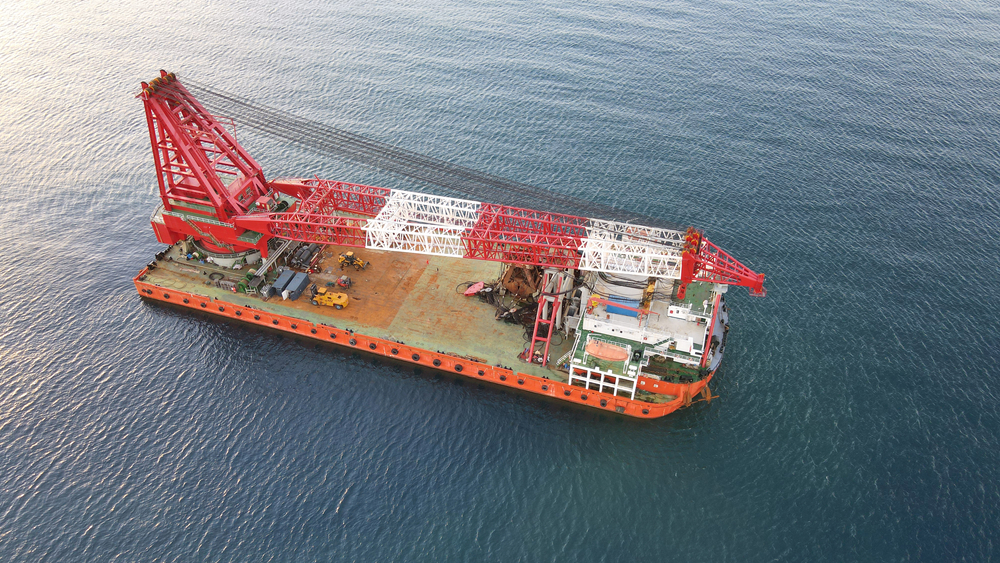
Coordinating Equipment, Crew, and Schedule
At the core of marine project management lies the coordination between heavy equipment, crew assignments, and vessel scheduling. Cranes, winches, and hydraulic hammers must be loaded securely and balanced according to the barge’s stability plan. Deck layouts are reviewed in detail to make sure that weight distribution, access points, and lifting zones are safe for operation. Even a small oversight, like uneven loading or unsecured rigging, can lead to major setbacks or safety incidents.
Crew coordination is equally critical. Marine projects often involve multiple trades working in tight quarters — divers, welders, crane operators, and deckhands all performing synchronized tasks. Without accurate crew scheduling and communication, projects quickly lose efficiency. Logistics managers must anticipate each team’s movement between vessels, work areas, and shifts. Increasingly, contractors rely on digital tracking systems that display real-time vessel positions and operational statuses. These tools help project managers predict delays, redirect assets, and make informed decisions under pressure.
Still, technology is only part of the solution. The success of marine logistics ultimately depends on people — skilled captains, experienced riggers, and logistics coordinators who understand the rhythm of marine operations. Their knowledge turns a complex schedule into a controlled, predictable process.
Safety, Compliance, and Best Practices
Efficiency means nothing without safety. Marine construction operates in challenging conditions where equipment failure or human error can have serious consequences. Every barge, tug, and workboat must meet U.S. Coast Guard and OSHA safety standards. Regular inspection of mooring lines, spuds, winches, and deck gear prevents breakdowns at critical moments. Before each shift, supervisors should hold briefings to discuss weather forecasts, tide conditions, and potential hazards.
Maintaining consistent communication between vessels is also essential. Clear radio protocols help avoid misunderstandings during crane lifts or barge repositioning. Fatigue management plays a role, too. Crews working long hours on the water require adequate rest periods to maintain alertness. These measures aren’t just regulatory requirements — they’re part of effective marine construction best practices that keep both people and projects safe.
Environmental and Regulatory Logistics
Modern marine logistics also emphasize environmental responsibility. Vessel movement, fueling, and material staging must comply with environmental protection laws to minimize impact on aquatic habitats. Contractors plan barge anchoring and spudding locations carefully to prevent seabed disturbance. Fuel containment systems, waste management protocols, and spill-response procedures form part of every logistics plan.
Reducing unnecessary vessel trips through optimized barge logistics not only saves fuel but also reduces emissions and operational costs. Many contractors now incorporate eco-friendly equipment and low-emission engines as part of their sustainability efforts. Planning with the environment in mind doesn’t just protect natural resources — it streamlines regulatory approvals and strengthens community relations.
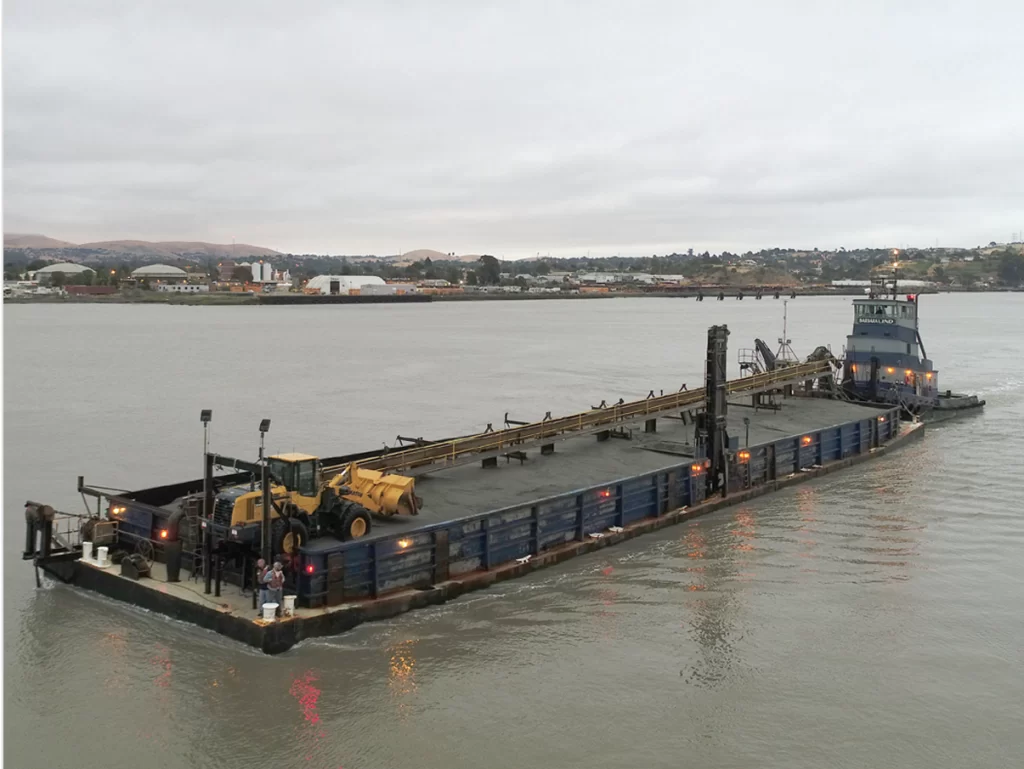
Real-World Coordination in Action
Consider a large-scale port reconstruction project that involves pile driving, dredging, and concrete deck placement. Multiple barges are mobilized to transport cranes, piling materials, and crew quarters. Push boats and tugs reposition these barges daily according to the work schedule, while workboats handle crew transfers and supply runs.
In such operations, marine logistics become the invisible engine of productivity. When one barge completes its task, a tug immediately relocates it to the next station. Another vessel brings in materials while the crew rotates between shifts. Equipment is refueled, inspected, and redeployed without interrupting workflow. When logistics are handled by an experienced fleet operator with deep knowledge of marine equipment transport, the result is smooth, uninterrupted progress from start to finish.
The Hidden ROI of Effective Marine Logistics
Strong marine logistics management delivers measurable returns on investment. Projects that maintain tight control over vessel coordination and equipment scheduling see fewer delays, lower fuel consumption, and improved safety performance. The gains come not only from faster operations but also from avoiding costly downtime. A barge waiting on a delayed tug or a crew idling for materials can add thousands of dollars in unplanned expenses each day.
Efficient logistics transform uncertainty into predictability. With careful planning, accurate marine fleet coordination, and reliable partners, contractors can turn uncontrollable factors like weather and tides into manageable variables. That’s the difference between projects that struggle and those that succeed.
In the marine construction industry, logistics is the unseen foundation supporting every visible success. Coordinating equipment, crew, and vessels across dynamic environments requires precision, foresight, and experience. When these elements come together, the entire operation moves like a well-tuned machine.
Partnering with trusted marine service providers that specialize in vessel operations, barge management, and logistics planning ensures that even the most complex projects run smoothly. The right coordination not only keeps construction efficient but also protects crews, minimizes risk, and safeguards the environment. In the end, mastering marine logistics isn’t about moving faster — it’s about moving smarter.
What is marine logistics in construction?
Marine logistics is the coordination of vessels, equipment, and crews to ensure smooth, safe, and efficient marine construction operations.
How can marine construction projects reduce downtime and costs?
Optimized vessel scheduling, crew transfers, and equipment coordination cut delays, fuel use, and operational expenses.

